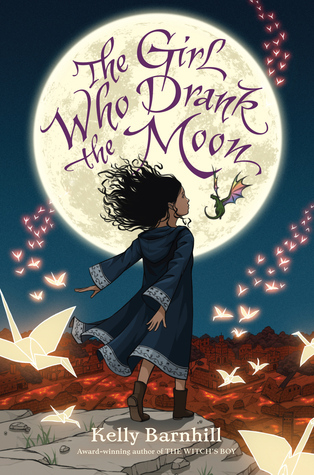Imagine how much I was jumping up and down (and up and down) when I opened a box from Candlewick and found this inside!! I have been waiting for this book for so long! We Found a Hat by Jon Klaassen!!!!
I am a HUGE fan of Jon Klaassen and especially of his hat books. If you read this blog, you already know this because maybe you read our posts, I Want My Hat Back, I Want My Hat Back, Revisited, the John Klassen Blog Tour or 10 Books in Which Characters Are Eaten. I have been #teambear from the day I read I Want My Hat Back and this book remains one of my favorite picture books of all time and I've been anticipating the new book since I heard about it a long time ago.
I am not the only one who has been looking forward to this book. The anticipation for this third and final book in this series has been going for a long time. In February, The Guardian revealed the cover and interviewed Jon Klassen about the book.
The book is officially released next week. The official release date is October 11. I think you'll want to have it in your hands that day so I'd suggest a preorder! Here is the book trailer for a sneak peek!
I don't want to spoil the book for you but I can tell you that I LOVED LOVED LOVED it. I've given it to a few friends to read and some hugged it before they gave it back. I read it to my class and they loved it. It is better than I could have imagined. A perfect ending to this fabulous trilogy. It was definitely worth the wait.














